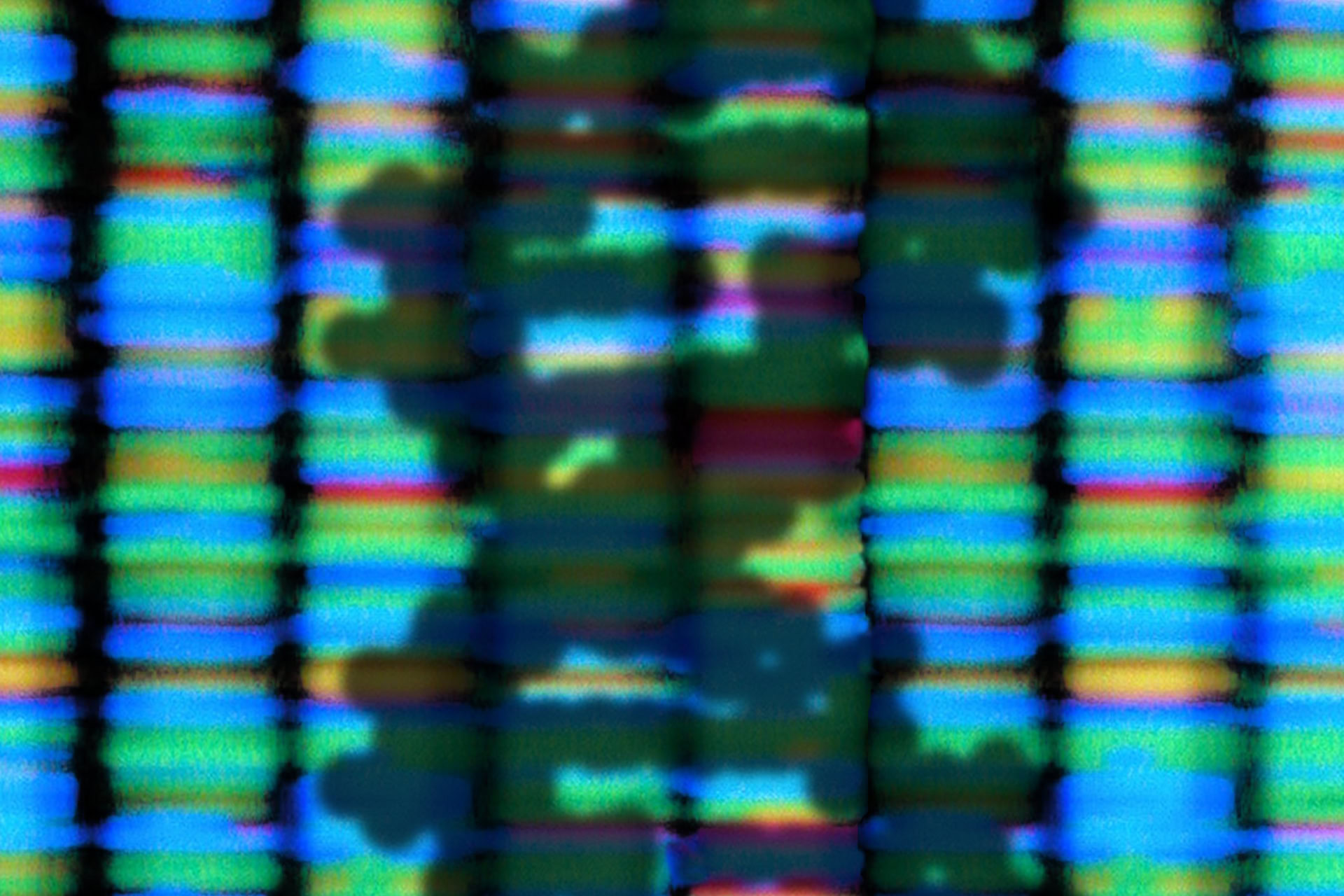Scientists at the US Universities of Maryland and Wisconsin-Madison and the J Craig Venter Institute in Iceland, have sequenced the genome of 99 known strains of rhinovirus and shown for the first time that strains can swap genetic material creating new mutations. The study, published last week in the journal Science, is the first to compile the full sequences of all the strains commonly studied by researchers. Until this time the genomes of only a few dozen rhinoviruses had been mapped.
Rhinoviruses cause about half of all colds and are also a factor in asthma, bronchitis, sinusitis, middle ear infections and pneumonia. One of the researchers involved in the study, Dr Stephen Liggett from University of Maryland, explained the study. 'We generally think of colds as a nuisance, but they can be debilitating in the very young and in older individuals, and can trigger asthma attacks at any age', he said.
The researchers examined samples from a virus 'reference library' which had been taken from patients over more than two decades as well as 10 new samples taken more recently. As a result they have created a rhinovirus 'family tree' and now believe that the viruses are genetically organised into about 15 small groups. This means that any one therapeutic remedy is unlikely to have an effect on all of the families of virus. Dr Liggett said that patients 'may have to have four or five drugs, and you'd need a test at your doctor's office to know which drug will work.'
This is the first study to show that when two viruses infect the same person they can exchange genetic material and create a new mutation. Previous studies had suggested that this process, known as recombining, was impossible. This ability to rapidly produce new strains also creates problems in designing treatments. However, Ann Palmenberg, professor of biochemistry at the University of Wisconsin-Madison and lead author of the study, hopes that mapping further rhinovirus genomes might lead to identification of genes that do not mutate and so would be good targets for remedies. 'As we begin to accumulate additional samples from a large number of patients, it is likely that hotspots for mutation or recombination will become apparent, and other regions resistant to mutational change may emerge', she said, adding: 'This will provide clues as to how flexible the virus is as it responds to the human environment, important hints if you are designing new therapeutics'.
Over the next three years, the team hopes to sequence 1,000 more rhinovirus genomes and identify which strains aggravate asthma and cause other serious infections. However, Caroline Tapparel, a virologist at the University Hospital of Geneva in Switzerland, warns that variable viral genome sequences may only be part of the picture. 'Ultimately, the immune status of the patient may have a greater impact', she said.



Leave a Reply
You must be logged in to post a comment.